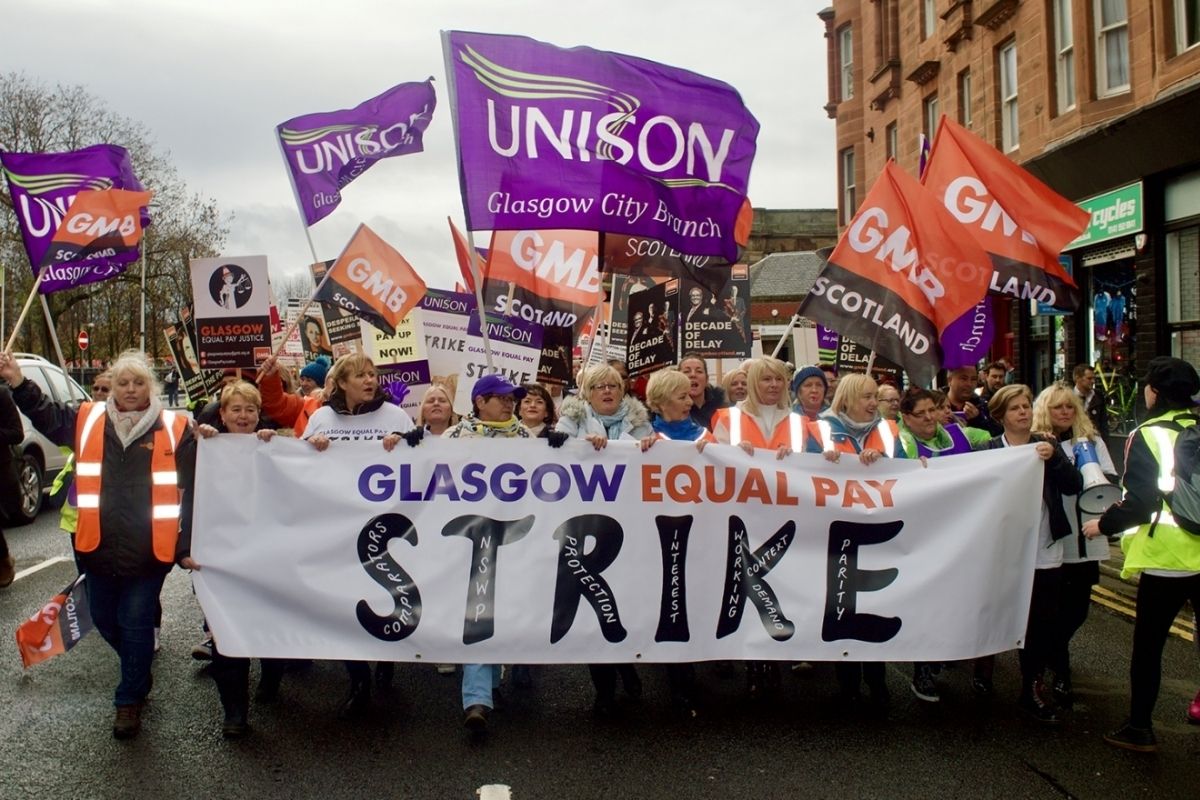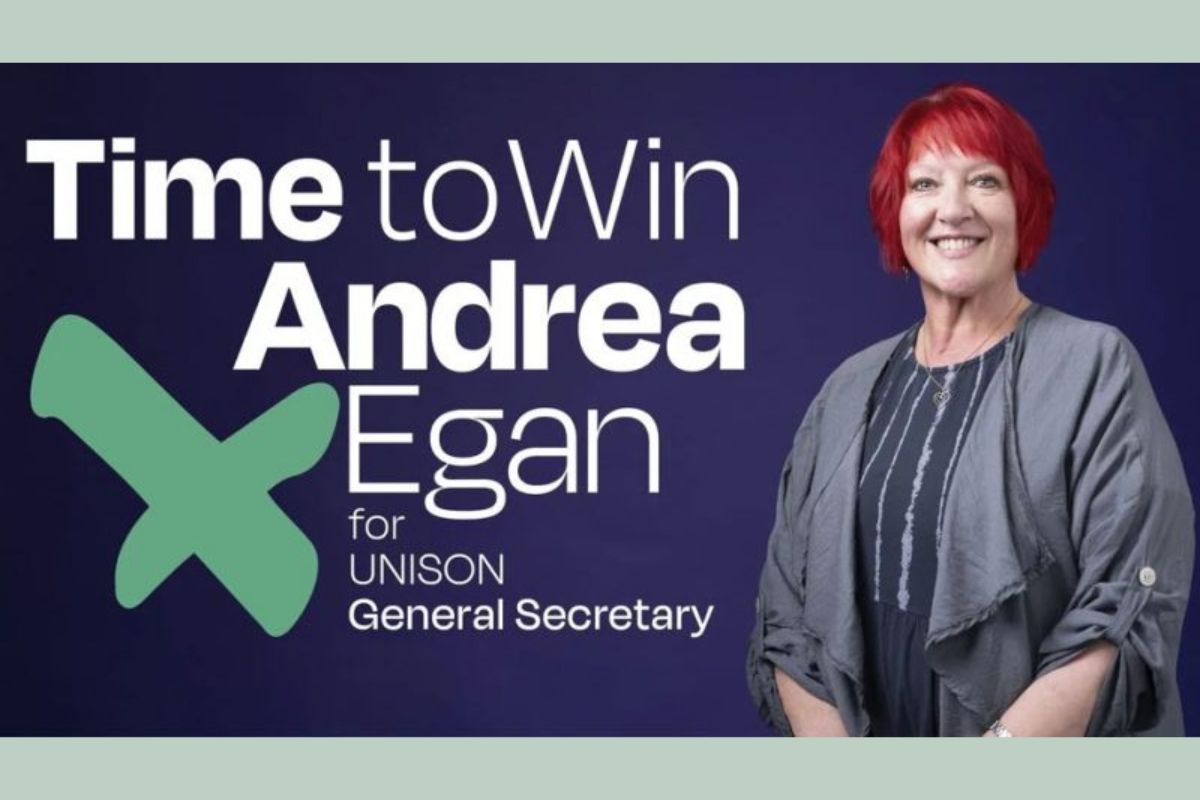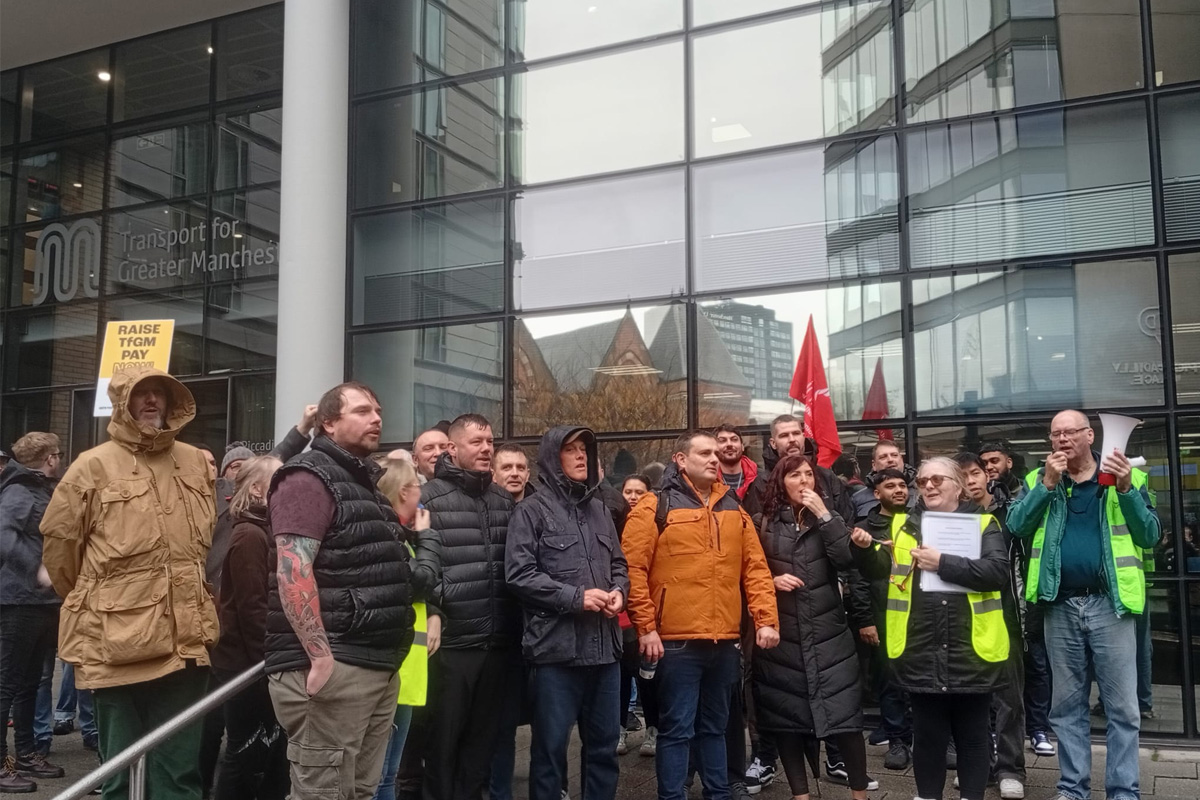Across the country, the trade union movement is awakening and workers are moving into action. And there is the prospect of members in Britain’s biggest union, Unison, joining the battle. The need for fighting leadership has never been greater.
A strikewave is growing and spreading across both the public and private sector, with workers everywhere facing real-terms wage cuts, rocketing fuel and energy costs, and great uncertainty.
First up were railway workers in the RMT, who have downed tools over attacks on jobs, wages, conditions, and safety. They have since been joined by train drivers organised in ASLEF. And recently, 115,000 Royal Mail staff have taken action over pay and conditions, in what is the largest postal strike for decades.
Elsewhere, Unite is involved in hundreds of disputes, involving over seventy thousand workers across various industries and workplaces. And CWU members at BT Openreach have joined the posties in struggle.
In the public sector, meanwhile, civil servants and teachers – organised in the PCS and NEU unions, respectively – are set to be balloted for national strike action.
Even the barristers are out, boldly taking indefinite action in the face of increasing personal hardship and cuts to the justice system. And there is talk of junior doctors in the BMA striking, possibly in combination with other health workers in the NHS.
Everywhere you look, the trade union movement is beginning to awaken, as the cost-of-living crisis spirals. Union leaders are beginning to talk about coordinated action. Some have even suggested the idea of a general strike.
Now, as the crisis sharpens, there are stirrings within Unison. What are the prospects for struggle in the country’s largest union?
First moves
Public sector workers have suffered pay stagnation and worsening conditions for decades. No surprise, then, that the rising tide of strike action is beginning to spread into the public sector now too.
Industrial action by Unison members across higher education is now on the cards, for example, following a rejection of the government’s 3% pay offer by university workers.
Staff at 22 universities will now prepare to take to the pickets, striking against a real-terms wage cut. Significantly, this represents the largest mobilisation of HE workers since the 2011 pensions dispute.
Similarly, Unison members at private health firm OCS, in Lancashire and South Cumbria NHS Trust, are staging a determined battle for pay parity, having been forced onto inferior contracts as a result of privatisation and outsourcing.
Health service

As the biggest heavyweight union in the NHS, Unison’s role in any pay dispute is significant.
The mood to fight has never been so sharp in healthcare. Nurses, doctors, and other health workers have all been pushed to the brink, piling pressure on unions in the NHS to act.
With headline inflation already over 10%, and predictions that this will continue to rise in the coming months, even the most ‘generous’ offers being presented are not enough to alleviate the pressures on health workers and services.
Workers cannot wait, with bills soaring and take-home pay being rapidly eroded. All the while, NHS waiting lists grow ever longer, putting yet more stress and strain on already-exhausted, overworked, underpaid health staff.
Unison is set to hold a strike ballot in late October for members in healthcare, and is drumming up support in advance through its ‘Pledge Yes for the NHS’ campaign.
Given the anger in the health service, and the momentum building across the trade union movement, it is quite possible that this vote will be successful. And if the RCN ballot taking place this month is also successful, this could see a major walkout across the NHS.
With its size and weight, Unison can and should be taking a lead in the fight to save our NHS. It is in a decisive position when it comes to industrial action in healthcare. What happens in Unison’s ballot is therefore of the highest importance for the struggle to defend the NHS and health workers.
Local government

Elsewhere, Unison members working in schools and local government have been offered a flat-rate wage increase of £1,925 per year, along with an extra day’s holiday, in order to settle their 2022 pay claim.
The offer represents a 10.5% rise for those on the lowest grade, but falls to 8.5% for those on average pay levels. For those earning £30,000 or under, it equates to less than half the current rate of inflation.
Unfortunately, Unison’s National Joint Council (NJC), which – unlike the local government service group executive – is not controlled by the left, has played right into the hands of the employers.
The NJC has decided to organise a consultative ballot, but has failed to make a recommendation to reject the offer and to prepare members for strike action. Instead, it has opted not to recommend a vote either way.
This is a big mistake. In this context, no recommendation from the NJC acts, in effect, as a recommendation to accept the deal.
Members will see that their leaders aren’t willing to fight the government, and will take it as given that this means they cannot win. As was seen in relation to last year’s claim, this is likely to contribute towards a lower turnout and could lead to the pay campaign stalling.
Positively, the North West region service group is campaigning to reject the offer. But it is criminal for the union bureaucracy to leave this responsibility solely to local bodies. Such groups can and will wage determined campaigns. But this is no replacement for a coordinated national push to mobilise for strike action.
In this context, recent events in Scotland should serve as a serious warning. There, local government unions, including Unison, are recommending that striking council workers accept a rotten compromise – one that is virtually identical to the pay offer made by employers in England and Wales.
Another sellout south of the border would spell disaster, coming precisely at the moment when a fight is most needed – and winnable.
Lead the fightback!

Unison’s bureaucracy is clearly at its most comfortable when negotiating backroom deals. But such compromises aren’t going to stem the attacks our class faces.
Instead, such an approach only serves to cut across the movement and weaken it, prizing stable relations with the employers over workers’ interests. Unfortunately, this is the approach that Unison leaders have taken in the past.
Lest we forget, it was under the right-wing leadership of Dave Prentis that Unison sold out and led the retreat during the 2011 pensions dispute, when millions of public sector workers were looking to unite and strike together. And there’s no reason to believe that Christina McAnea would act any differently in the context of a similar – even bigger – movement today.
What is needed instead is bold, fighting leadership, which organises and mobilises workers around a clear socialist programme.
Such a leadership must commit to coordinated industrial action, including national strike action across the public sector, and prepare for a concerted mass campaign to bring down this rotten Tory government.
Pressure for action is clearly building inside Unison, as reflected by the motion submitted by the union to the upcoming TUC conference, which calls for exactly the approach outlined above. This attitude must now be replicated and taken into every branch and sector – particularly in health and local government.
But this, in turn, requires a transformation of the union into a real fighting weapon for the working class. This means overcoming the inertia of the bureaucracy, and making a bold case for strike action to the membership.
On this basis, Unison can finally utilise its full weight and strength for the benefit of our class. Already, the outlines of a united public sector strike can be seen. But this can only come about if Unison – representing around 1.3 million public sector workers – energetically mobilises for it.
All across the country, the working class is beginning to move into action. Unison must begin to take its place in the vanguard of the fightback against the Tories and the employers. If not now, then when?






